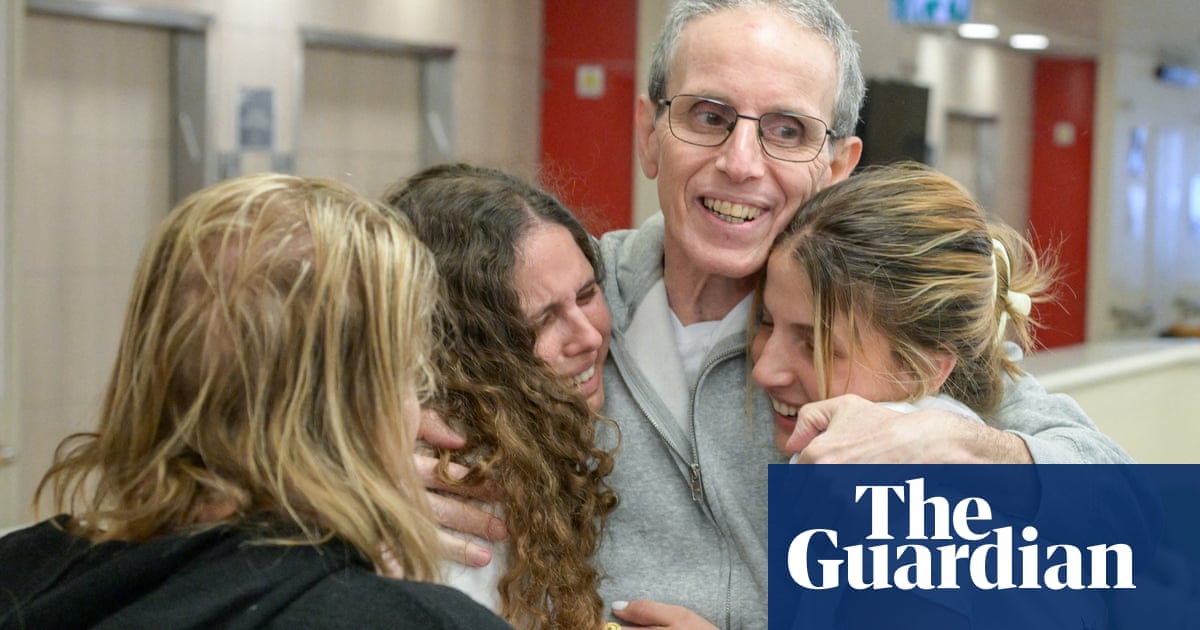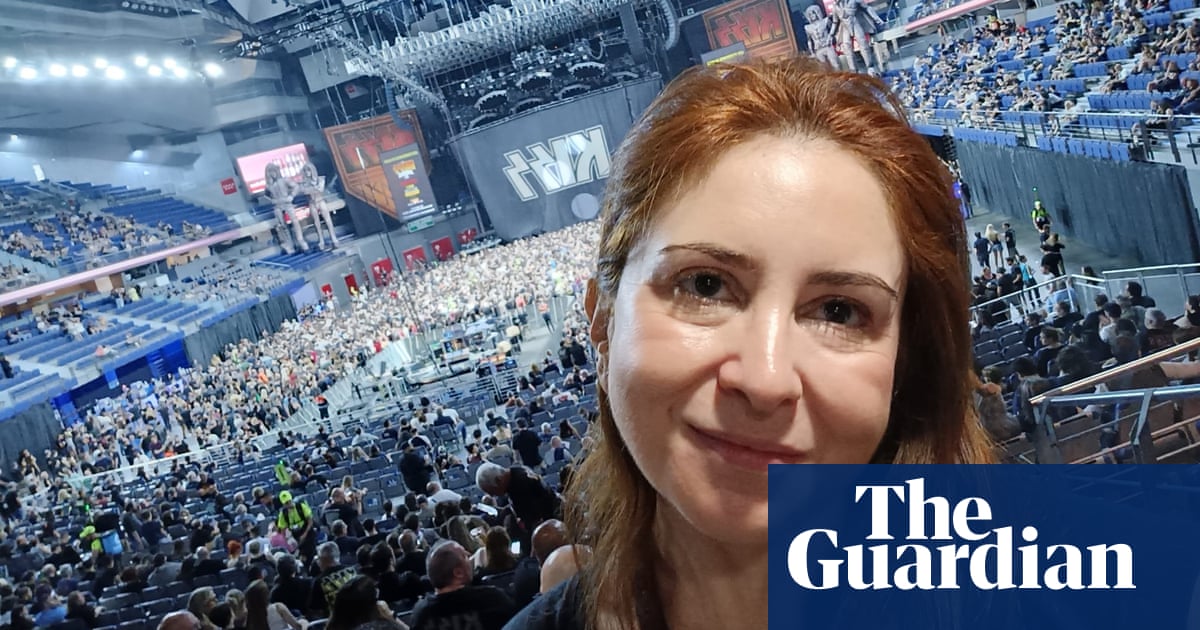
I come from a war-torn family. My parents had to move from their city, Abadan, to Shiraz during the Iraq-Iran war and our relatives settled in different cities in Iran and around the world.
I was born in Shiraz in 1986, in the middle of war, and never experienced family gatherings. Today my family is still scattered. I live in Tehran, my only brother lives in Berlin and my parents live in the industrial city of Arak. That’s why I embarked on a journey to find my roots as an Iranian woman. I drove about 20,000 miles (30,000km) across Iran to find women who live in large extended families. My grandmother died just before I started the project and living and socialising with these families, where generations live communally, gave me a sense of belonging. I felt as if I was part of their family, like I had many grandmothers.
I also wanted to learn about these women whose lives are rooted in tradition and patriarchy, but at the same time are rich in linguistic and cultural diversity; women who, despite limitations, strive for the freedom and education of their children, but also want to preserve their ancestral identity.
Even though urban women come together to fight for our rights, city life tends to be characterised by individualism and isolation – in Tehran I don’t even know my neighbour. In cities, resistance is personal and individual, but among these rural women, the resistance is collective. Their resilience and support for each other was inspiring and comforting to me. I always carried my grief alone and was crushed under it, but they shared their sorrows.
after newsletter promotion
This photo represents that sense of shared grief. It is one of 60 in this project, called In the Shadow of Silent Women. I took it in the coastal village of Gahi, in Bushehr province in southern Iran, where men go to sea to fish and sometimes don’t return. It is staged, like all my photos, and shows a group of women channelling their sadness through sharveh, a mourning song sung during funerals but also by women in the home. Shamsi, second from right, who is singing, is one of the best singers in the south of Iran. She said that as a child she used to wake up every morning to the sound of her grandmother singing sharveh as she prepared tea and breakfast for her grandchildren.
My mother was with me on this trip and while we were travelling her father, my grandfather, died, and we had to return to my mother’s home town for the funeral. We couldn’t have a large ceremony because it was during Covid so the sharveh that Shamsi sang that day felt especially poignant. Seeing this picture reminds me of my mother and grandfather. It always makes me very emotional.
-
Maryam Firuzi is an Iranian photographer and film-maker whose work focuses on culture, gender and identity










 English (US)
English (US)